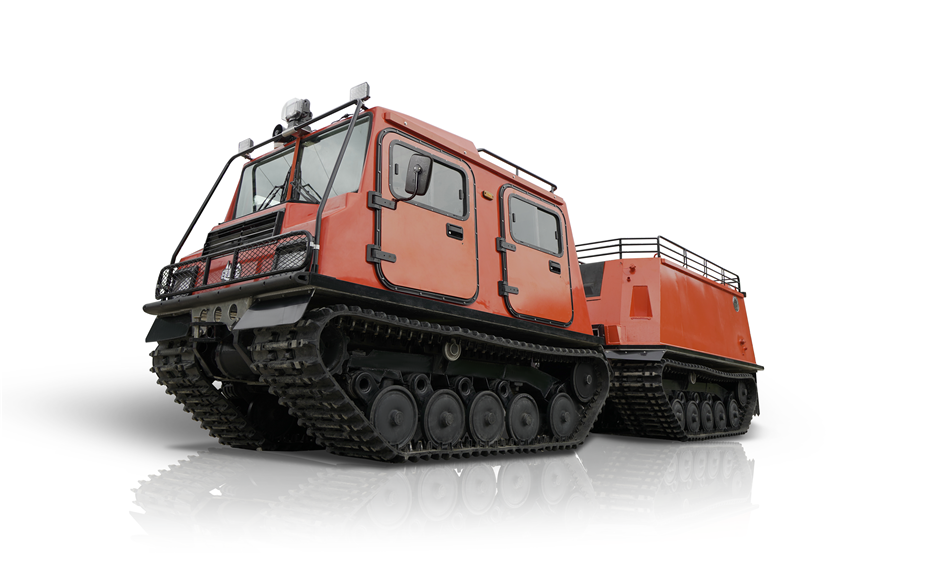
What are the safety features of transport vehicles
Transport vehicles, such as cars, buses, trains, and airplanes, have various safety features designed to protect passengers and reduce the risk of accidents. Here are some of the most common safety features found in transport vehicles:
1.Seat Belts: Seat belts are a standard safety feature in all types of vehicles. They prevent passengers from being thrown from their seats in the event of a collision.
2.Airbags: Airbags are designed to inflate rapidly upon impact and protect the occupants of the vehicle from hitting hard surfaces such as the dashboard or steering wheel.
3.Anti-Lock Brakes: Anti-lock brakes help prevent wheels from locking up during emergency braking situations, allowing the driver to maintain control of the vehicle.
4.Electronic Stability Control: Electronic Stability Control (ESC) helps prevent the vehicle from skidding or losing control in a sudden maneuver or on slippery roads.
5.Blind Spot Monitoring: Blind Spot Monitoring uses sensors to detect vehicles in the driver's blind spots and alerts the driver with a warning light or sound.
6.Backup Camera: Backup cameras help drivers see what's behind them when reversing, reducing the risk of collisions.
7.Lane Departure Warning: Lane Departure Warning alerts the driver when the vehicle is drifting out of its lane.
8.Adaptive Cruise Control: Adaptive Cruise Control automatically adjusts the vehicle's speed to maintain a safe following distance from the vehicle ahead.
9.Automatic Emergency Braking: Automatic Emergency Braking (AEB) can detect an imminent collision and automatically apply the brakes to reduce the impact or avoid the collision altogether.
10.Crash Test Ratings: Vehicles are tested for safety by independent organizations, and crash test ratings are published to help consumers make informed decisions about the safety of different models.
These are just a few examples of the many safety features available in transport vehicles.
Tracked Utility Terrain Vehicle-Fire truck

On the basis of the personnel carrier, the fire-fighting vehicle designs a sprinkler device for the rear vehicle, adopts the integrated structure of the carport water tank, and installs a fire-fighting water pump and a high-pressure energy-saving cleaning pump. The fire-fighting water pump can continuously spray water for 15 minutes under high pressure, and the high-pressure energy-saving water pump can continuously spray water for more than 1.5 hours to achieve fire extinguishing operations while driving. The fire pump and the high-pressure energy-saving cleaning water pump can be operated separately at the same time. In addition, it is also equipped with an external interface that can be matched with the existing forest fire-fighting water pump pipe belt to realize the remote water supply mode combined with the water pump unit. It also has an external connection for the water tank, and the town fire truck can be used to replenish water for the vehicle. The front part of the water tank is equipped with an independent load space, and the rear part is equipped with a pump operator's operation room, which can operate double pumps by one person. The vehicle has 2600 kilograms of water and 200 liters of drinking water. The upper part of the carport is designed with guardrails and can carry 400 kilograms of materials and equipment. The front and rear vehicle weighs a total of 4000 kilograms.
Tracked Utility Terrain Vehicle-Fire truck

On the basis of the personnel carrier, the fire-fighting vehicle designs a sprinkler device for the rear vehicle, adopts the integrated structure of the carport water tank, and installs a fire-fighting water pump and a high-pressure energy-saving cleaning pump. The fire-fighting water pump can continuously spray water for 15 minutes under high pressure, and the high-pressure energy-saving water pump can continuously spray water for more than 1.5 hours to achieve fire extinguishing operations while driving. The fire pump and the high-pressure energy-saving cleaning water pump can be operated separately at the same time. In addition, it is also equipped with an external interface that can be matched with the existing forest fire-fighting water pump pipe belt to realize the remote water supply mode combined with the water pump unit. It also has an external connection for the water tank, and the town fire truck can be used to replenish water for the vehicle. The front part of the water tank is equipped with an independent load space, and the rear part is equipped with a pump operator's operation room, which can operate double pumps by one person. The vehicle has 2600 kilograms of water and 200 liters of drinking water. The upper part of the carport is designed with guardrails and can carry 400 kilograms of materials and equipment. The front and rear vehicle weighs a total of 4000 kilograms.












 浙ICP备2022029871号
浙ICP备2022029871号